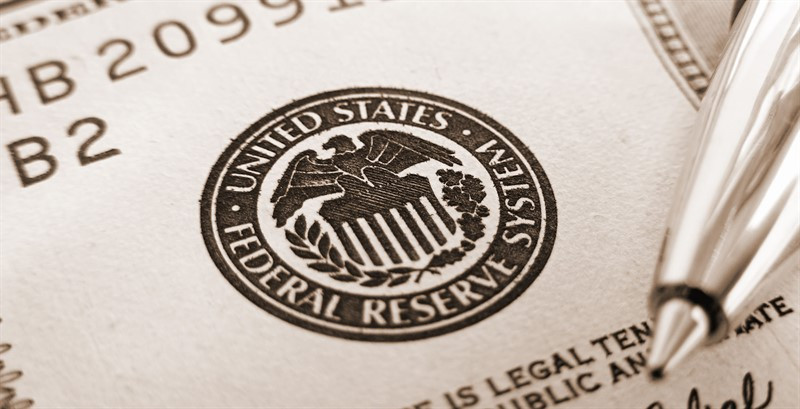
The key event for financial markets will be today's Fed decision on monetary policy.
That the US Central Bank will lower the federal funds rate for the third time this year (to 1.75%), almost no one doubts. The futures market with a probability of 98.0% expects such a step, and the regulator usually does not disappoint investors in the matter of easing. However, the main question is: what next?
On the one hand, the main reason for the weakening of the Fed's monetary policy – the uncertainty of external conditions – is close to resolution. Negotiators from the United States and China are doing everything possible to have time before the APEC summit (to be held on November 16-17 in Chile) to prepare the "first phase" of the trade agreement. Although it's too early to put an end to the story with Brexit, it is clear that no one will allow the implementation of a "hard" scenario.
On the other hand, it is obvious that the American economy is beginning to slow down, and this fact can hardly ignore the regulator.
The momentum from the $1.5 trillion fiscal stimulus gradually faded, and trade wars led to a reduction in investment. In the third quarter, US GDP may mark only 1.6% growth. This will be the second weakest indicator since Donald Trump came to power. Employment in the non-agricultural sector of the United States in October may increase by less than 100 thousand, and unemployment – leave the area of half a century minimums.
A pause in the process of easing the Fed's monetary policy and resuscitation of the European program of quantitative easing (QE) may play in favor of the "bears" in EUR/USD. In 2015-2016, the euro became cheaper amid purchases by the ECB assets, which led to an overflow of capital from Europe to America.
If the Federal Reserve leaves the door to reduce the rate open, then the upward movement of EUR/USD in the direction of 1.117 – 1.1185 may continue.
According to some experts, concerns about the onset of a recession in the US and the situation on the global market will leave the regulator no choice but to continue the "downgrade game".
"We expect that at the October meeting, the Fed leadership will emphasize the direct dependence of decisions on statistics and leave the doors open for further cuts in rates," Bank of America strategists said.
"The slowdown in the US economy and lower inflationary expectations are likely to lead to a further reduction in the federal funds rate in the coming months," ING experts said.
At the same time, analysts admit that the dollar can resist even the easing of the Fed's policy and the risks of a recession in the United States.
"Even when the US economy slides into a recession and fundamental indicators worsen, the greenback is in high demand as a safe haven. Although the dollar is overvalued, unresolved global tensions are one of the factors that could keep it on a growing path," according to Bank of America.
"The theory that the dollar should weaken while lowering interest rates in the United States depends on whether the situation in other countries is stable: there should be no radical changes in their policies. Instead, everything happens exactly the opposite: central banks resort to non-standard methods of monetary policy, and in addition to this, everyone rushes in search of liquidity. We believe that negative rates and weak currencies abroad will continue to push investors to look for positive rates and profitable opportunities. We don't see anything that could stop the dollar even in these unusual times," representatives of BMO Global Asset Management said.





















